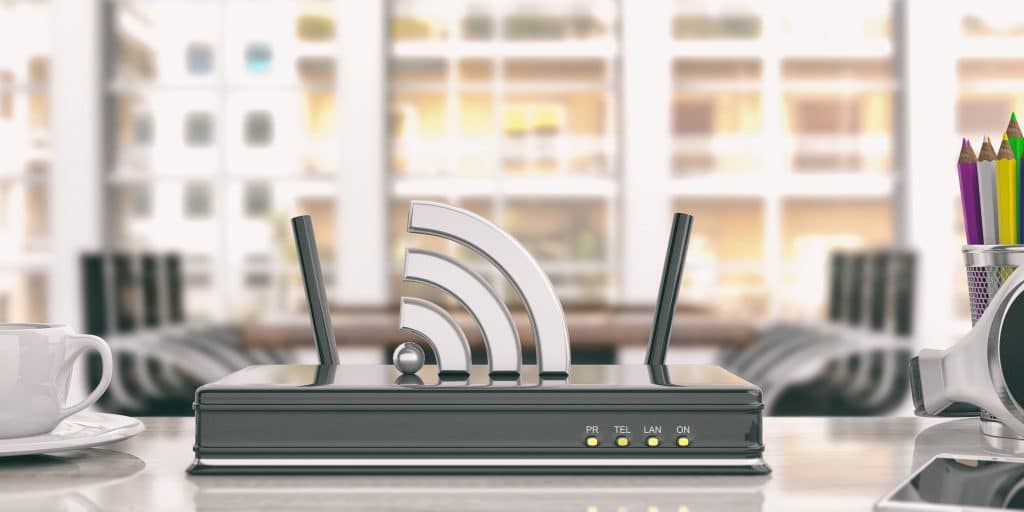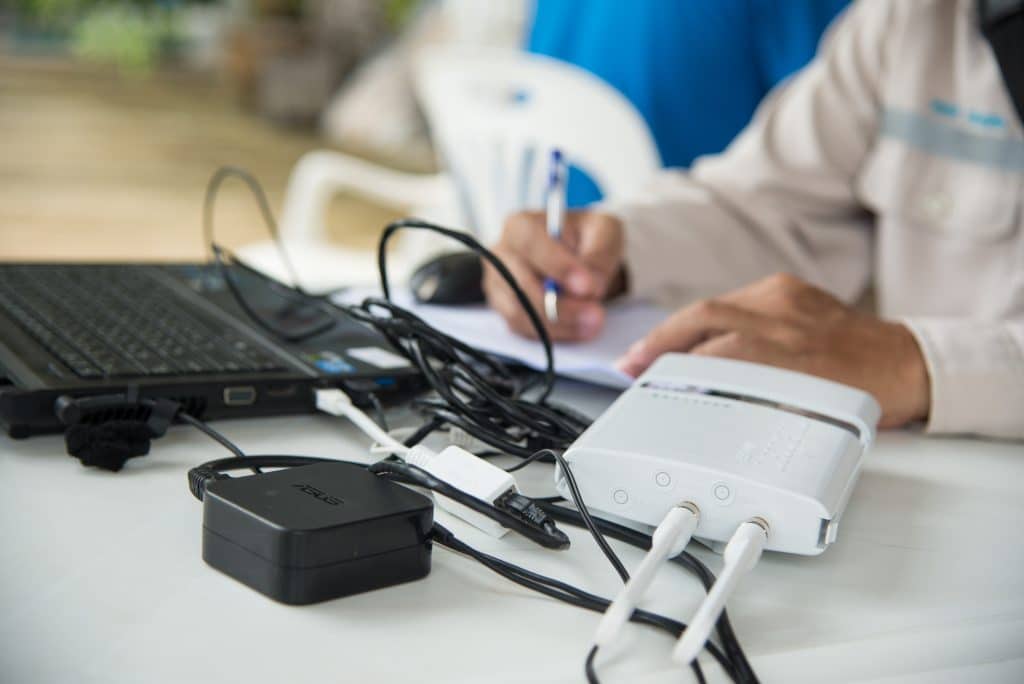Do you ever feel like your home’s WiFi network has too many dead zones, drops the signal randomly, and is generally unreliable? If so, you’re not alone. Slow internet speeds and spotty WiFi are incredibly frustrating, especially for those relying on technology to do things efficiently. And if you’ve tried to fix it with little success, don’t worry – there’s still hope! In this post, you will find some easy-to-follow steps that will help you optimize your home’s WiFi network in no time! No more buffering or lags – let’s dive into how to make a reliable WiFi connection that keeps everyone connected.
Contents
- 1 Common Issues With A WiFi Network
- 2 Tips To Optimize Your Home’s WiFi Network
- 3 Choose the Right Router
- 4 Position Your Router Correctly
- 5 Use WiFi Range Extenders
- 6 Secure Your Network
- 7 Use Quality Ethernet Cables
- 8 Change Your Wireless Channel
- 9 Enable Quality of Service (QoS)
- 10 You’re Ready To Optimize Your Home’s WiFi Network!
Common Issues With A WiFi Network

WiFi networks can be incredibly convenient, connecting various devices in the home or office, no matter their location. But convenience can sometimes have drawbacks, as common issues with a WiFi network may arise due to its complexities. Misconfigured routers, outdated hardware, and poor signal strength are some of the most common problems users may experience. Devices that are within the distance range from the router may suffer from intermittent connection drops or slow internet speeds.
Furthermore, those that use the same WiFi login credentials for multiple devices may also experience issues due to overcrowding on the wireless band. These problems can all be addressed and rectified through certain solutions.
Tips To Optimize Your Home’s WiFi Network
If you’re struggling with WiFi issues in your home, don’t fret – there are some simple steps that you can take to improve its stability and connection quality. Here are a few tips to get started on optimizing your home’s WiFi network:
Choose the Right Router

The first step in optimizing your home’s WiFi network is to choose the right router. The router is the device that connects all of your devices to the internet, so it is essential to choose one that is powerful enough to handle your needs. When choosing a router, look for one that supports the latest WiFi standards, such as 802.11ac or 802.11ax.
These standards offer faster speeds and better coverage than older standards like 802.11n. Additionally, look for a router with multiple antennas, as this can improve the range and speed of your WiFi network.
Position Your Router Correctly

Experts suggest that routers should be placed away from sources of interference, like cordless phones, microwaves, and other home electronics. It’s also essential to ensure your router isn’t too close to any walls or hidden away in a cabinet; instead, it should be as centrally located as possible within the home for maximum coverage and signal strength.
Lastly, you should try to raise your router off the ground so that its broadcast signals can travel more efficiently throughout the house. With just a little effort, improving your WiFi network and keeping your devices connected at all times is easy.
Use WiFi Range Extenders

If you have a large home or office, getting a strong WiFi signal throughout the entire space may be challenging. In this case, using a WiFi range extender can be an effective solution. Range extenders work by receiving your router’s signal and then rebroadcasting it, extending the range of your network.
When choosing a range extender, ensure it is compatible with your router and supports the same WiFi standard. Typically, these devices can extend your WiFi coverage by up to 2,000 feet, which is more than enough for most homes.
Secure Your Network

A secure connection ensures that sensitive information is protected – such as financial or medical data or confidential communication with family, friends, or colleagues – and keeps malicious actors from accessing your devices or gaining access to your identity. Taking the time to optimize and enhance the security of your network can be done quickly and relatively easily.
Establishing strong encryption protocols and a secure password are two key steps all users should take. Regularly updating your router’s firmware and disabling remote access can help fortify your network. While you cannot eliminate the risk of cyber attack, following these steps can significantly reduce it and protect yourself and those around you from harm.
Use Quality Ethernet Cables

When it comes to getting the most out of your home’s WiFi network, one piece of equipment that is often overlooked is the ethernet cable. While wireless connections deliver adequate speed and reliability for most households, using an ethernet cable can significantly improve your connection’s stability and overall performance. Quality cables also protect from data loss and interference.
Choosing a quality cable with the correct connector type for your device will ensure you get the best connection speeds available for your home’s WiFi network. Doing so can result in improved streaming services, faster downloads, and smoother online gaming experiences.
Change Your Wireless Channel

Most wireless routers broadcast their signal on a basic “default” channel that is usually the same across multiple devices. By changing your wireless channel, you can often improve your home’s internet connection by avoiding interference with other WiFi networks. This is especially important if you live in an area where many households utilize WiFi, as competing channels will actively try to communicate.
Even if you live in an area with only a few nearby networks, consider switching to a different channel – it may make a big difference! It is also important to note that some channels are better for specific tasks; for example, those that are used for streaming video should be optimized for consistently fast speeds, which may require changing the channel depending on where you live and the amount of interference from other signals.
Enable Quality of Service (QoS)

Implementing QoS can help prioritize bandwidth usage, allowing more predictable response time for mission-critical applications like video calling and gaming. Additionally, QoS assigns an individual priority level to each device connected to your network, meaning it is important to classify the devices when setting up your QoS configuration.
Assigning priority levels helps ensure that all devices have access to their required bandwidth needs; for instance, allowing higher priority for real-time services like VoIP, streaming music, and live video over web browsing or large file downloads. With proper implementation and management of QoS settings, you can reap the benefits of improved performance across your entire WiFi network.
You’re Ready To Optimize Your Home’s WiFi Network!
Ensuring your home’s WiFi network is secure and optimized to its fullest potential can be challenging. However, by following the steps outlined above, you can significantly reduce the risk of cyber attacks and improve the overall performance of your connection. And if you need further assistance, don’t hesitate to contact an experienced professional for additional guidance. Doing so can help ensure you get the most out of your home’s WiFi network and enjoy a secure, fast-performing connection for years.


